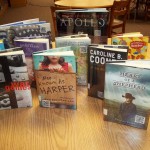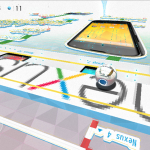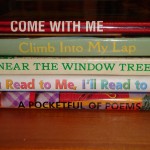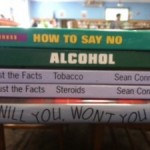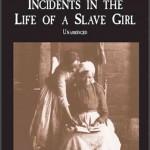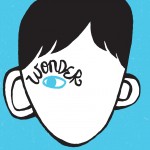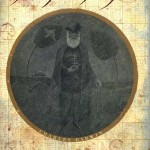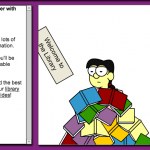QR Codes & Summer Reading
How can you include QR Codes in your classroom? I am looking for teachers to collaborate with me on the project outlined below:
I would like to use QR Codes in the library to showcase the reading students did this summer and will continue to do throughout the 2013-2014 school year.
World Wide Maze
Try using the World Wide Maze to introduce OPALS! Google’s latest experiment turns your favorite web page into a marble maze! The idea is to link your smartphone to a desktop but my keen eyed students spotted the tiny blue link that allows you to play with PC only and use the arrow keys to maneuver the silver “pinball” around the maze! This morning I had everyone turn the SOMS Media Center’s OPALS into a World Wide Maze! They were able to navigate their “pinball” through the site in order to become familiar with the site. ! After 10 minutes of engaging play, I then introduced them to the features of OPALS! The results were amazing! Try this! Read More HERE….
Book Spine Poetry
My daughter found this great blog spot, 2011 Book Spine Poetry Gallery. The blog, 100 Scope Notes is written by Travis Jonker, an elementary school librarian. He was inspired by Nina Katchadourian and her work with book spines. He tried creating his own book spine cento and has inspired others, including me, to do the same.
Book Spine Poetry is simply what the title suggests. You take the spines of books and stack them in a creative way to communicate your thoughts.
The students create their own book spine poem, snap a picture with their cell phone, and using Flickr, the emails post the poem to the teachers blog.
Using Google books is a research tool that is often overlooked. Google Books provide an opportunity to read free books online in any ereader. What excites me about GOogle books is that it provides excerpts of text that can be used for “close reading”. Many teachers forget that Google Books can provide them with the nonfiction text they need to pair with their traditional ELA classroom read! Here is a slideshow by Richard Byrne of Free Technology for Teachers on how to navigate Google Books
Pairing Fiction and Nonfiction: Timetoast
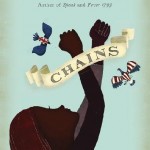 Chains by Laurie Halse Anderson
Chains by Laurie Halse Anderson
Create a timeline using Timetoast. Timetoast is a place to create and share timelines on the web. You can create historical timelines of important events.
Pairing Fiction and Nonfiction: Padlet
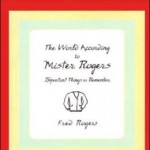 The World According To Mr. Rogers by Fred Rogers
The World According To Mr. Rogers by Fred Rogers
Wonderopolis is a great place to find quick ties to topics. I searched [important things] and the results yielded a plethora of ideas! But how can you have a positive attitude when life is hard? It’s more than just turning life’s lemons into lemonade. Having a positive attitude can take some hard work. But it’s worth it. What are some ways you can develop and maintain a positive attitude even in the midst of life’s troubles? Post your answer on the class padlet wall!
Pairing Fiction and Nonfiction: My Reading Mapped
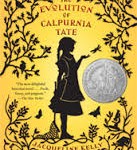 The Evolution of Calpurnia Tate by Jacqueline Kelly
The Evolution of Calpurnia Tate by Jacqueline Kelly
Digitally experience history by zooming in on the details in over 100 Google Map formatted documentaries on history and science.
Pairing Fiction and Nonfiction: Storybird
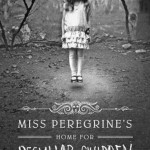 Miss Peregrine’s Home for Peculiar Children
Miss Peregrine’s Home for Peculiar Children
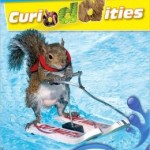 Ripley’s Believe It or Not Curioddities
Ripley’s Believe It or Not Curioddities
Hard to believe but I read about Storybird in School Library Journal in 2010! Storybirds are short, art-inspired stories that are intriguingly fun to make, share, and read. Storybird has tremendous potential for collaborative formal as well as informal learning …producing, prose and poetry writing, new media literacy and digital citizenship, etc
Pairing Fiction and Nonfiction:Blogging
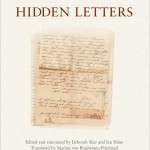 Hidden Letters by Deborah Slier and Ian Shine
Hidden Letters by Deborah Slier and Ian Shine
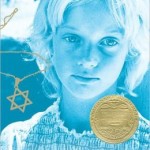 Number the Stars by Lois Lowry
Number the Stars by Lois Lowry
Collaboration is essential and is one of the most difficult tasks for Library Media Specialists to achieve. Integrating information literacy into the curriculum at times seems like an overwhelming task. However, this does not make it impossible to achieve. When collaboration is successful the students will let you know!

